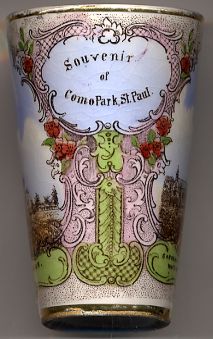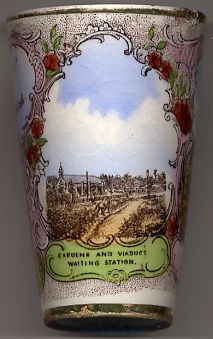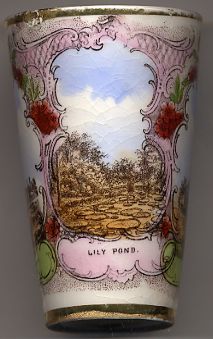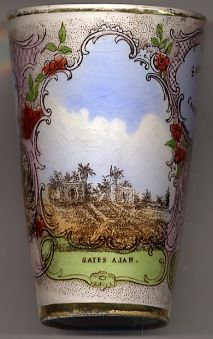

|
| UNITED STATES OF AMERICA | |
| MINNESOTA | |
| Ramsey County |
Saint Paul is the capital and second most populated city in the U.S. state of Minnesota. The city lies mostly on the north bank of the Mississippi River, downstream of the river's confluence with the Minnesota River, and adjoins Minneapolis, the state's largest city. Known as the "Twin Cities", these two cities form the core of Minneapolis-Saint Paul, the sixteenth largest metropolitan area in the United States, with about 3.5 million residents. The city's population at the 2000 census was 287,151. Saint Paul serves as the county seat of Ramsey County, the smallest and most densely populated county in Minnesota.
Following the Louisiana Purchase in 1803, a U.S. Army officer named Zebulon Pike negotiated for approximately 100,000 acres (400 km²) of land from the local
Dakota tribes in 1805 for the establishment of a fort. The 1837 Treaty with the Sioux ceded all local tribal land east of the Mississippi to the U.S. Government.
The settlement originally began at present-day Lambert's Landing but was referred to as Pig's Eye, when Pierre "Pig's Eye" Parrant established a popular tavern there.
When in 1841 Frère Lucien Galtier, the first Catholic pastor of the region, established the Log Chapel of St. Paul (shortly thereafter to become the first location of the
Cathedral of St. Paul), he made it known that the settlement was now to be called by that name, as "St. Paul as applied to a town or city was well appropriated,
this monosyllable is short, sounds good, it is understood by all christian denominations...".
The Minnesota Territory was formalized in 1849 and Saint Paul named as capital. In 1857, the territorial legislature voted to move the capital to Saint Peter. However,
Joe Rolette, a territorial legislator, stole the physical text of the approved bill and went into hiding, thus preventing the move.
On May 11, 1858, Minnesota was admitted to the union as the thirty-second state with Saint Paul as the capital.
[Text adapted from http://en.wikipedia.org/wiki/Saint_Paul,_Minnesota]
 The Como Park Zoo and Marjorie McNeely Conservatory (or just Como Zoo and Conservatory) are located in Como Park at 1225 Estabrook Drive, St. Paul.
The park, zoo and conservatory are owned by the City of Saint Paul and are a division of Saint Paul Parks and Recreation. The attractions located there include
the zoo, the conservatory, an amusement park, a carousel, Lake Como, a golf course, a pool and more. The park receives more than 1.9 million visitors annually.
Como Park is a free park and while no admission fee is charged for the zoo or conservatory, voluntary donations are suggested.
The Como Park Zoo and Marjorie McNeely Conservatory (or just Como Zoo and Conservatory) are located in Como Park at 1225 Estabrook Drive, St. Paul.
The park, zoo and conservatory are owned by the City of Saint Paul and are a division of Saint Paul Parks and Recreation. The attractions located there include
the zoo, the conservatory, an amusement park, a carousel, Lake Como, a golf course, a pool and more. The park receives more than 1.9 million visitors annually.
Como Park is a free park and while no admission fee is charged for the zoo or conservatory, voluntary donations are suggested.
In 1873 the City of Saint Paul acquired 300 acres (1.2 km²) of land around Como Lake that would become a public park. Today the 384-acre (1.6 km²) park includes: 2.3 miles (3.7 km) of paved trails, athletic fields, Como Golf Course (18 hole, 70 par), Como Lake, Como Pool, Como Town amusement park, picnic shelters etc.

The first picture on tumbler no.B053 shows a view of the
 Gardens
Gardens

 Lily
Lily

 Gates
Gates
[http://en.wikipedia.org/wiki/Como_Park;
http://www.stpaul.gov/index.aspx?NID=1142;
http://www.comozooconservatory.org/como_zoo/amenities/history.shtml]
![[scale]](lineal.jpg)